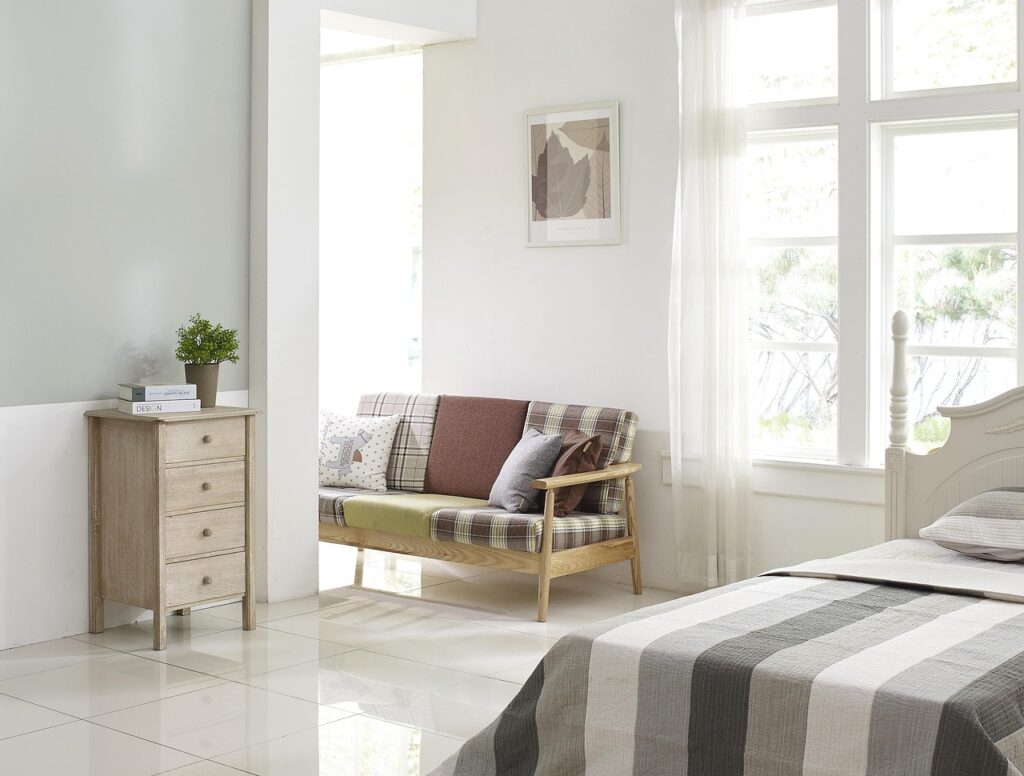In today’s world of rising energy costs and growing environmental awareness, homeowners are constantly looking for smart ways to save money and reduce their carbon footprint. One of the top upgrades people talk about is installing energy-efficient windows. But are they really worth the investment, or is it just another fancy home improvement trend?
Let’s break it down in a clear and practical way.
What Are Energy Efficient Windows?
Energy-efficient windows are specially designed to minimize heat transfer between the inside and outside of your home. They usually feature multiple panes of glass, low-emissivity (Low-E) coatings, gas fills like argon or krypton between panes, and insulated frames.
Together, these features reduce the amount of heating and cooling your home needs—keeping your house warmer in winter and cooler in summer.
What Do They Actually Do?
Let’s say it’s freezing outside. Regular single-pane windows allow heat to escape easily, making your heater work harder (and your energy bill shoot up). Energy-efficient windows, on the other hand, create a barrier that keeps warmth in and the cold out.
Same goes for summer: they help block outside heat from entering, so your AC doesn’t have to run nonstop.
How Much Can You Save?
According to the U.S. Department of Energy, replacing single-pane windows with ENERGY STAR-rated windows can save you:
$125 to $465 annually depending on your location and climate.
Up to 25% in total energy loss can be prevented through quality windows.
Yes, the upfront cost can be high—typically $300 to $1,000 per window installed—but they pay off over time in energy savings.
Other Benefits You Might Not Expect:
Noise Reduction: Double or triple glazing significantly reduces outside noise—perfect if you live near traffic.
UV Protection: Low-E coatings help protect your furniture, flooring, and curtains from sun damage.
Increased Home Value: A modern, energy-efficient upgrade adds real resale value to your property.
Improved Comfort: Fewer drafts, more consistent indoor temperatures.
When Is It Not Worth It?
If your current windows are relatively new, already double-paned, and you’ve taken other steps like sealing leaks or adding insulation, the gains may be marginal. Also, if you’re planning to move in the next year or two, the long-term payback might not be worth the upfront investment.
Conclusion:
If your home still has outdated, drafty windows, then energy-efficient windows are absolutely worth it. They’re not just about savings—they’re about comfort, value, and long-term sustainability. Yes, the upfront investment is real—but so are the benefits.
Actionable Tip:
Before committing, get a free home energy audit. It’ll show you how much energy your current windows waste and whether full replacement is the right move—or if simple weatherstripping will do for now.
Content Sources:
U.S. Department of Energy (www.energy.gov)
ENERGY STAR Window Ratings
National Association of Realtors’ Remodeling Impact Report
Blogs Reference Theory:
BobVila.com: “What Makes a Window Energy-Efficient?”
GreenBuildingAdvisor.com: “Do Energy Efficient Windows Really Save Money?”
Posts Reference:
Reddit: r/HomeImprovement
Quora discussions on window ROI
Homeowners’ feedback on Low-E coatings
Popular Posts:
“Popular Roofing Materials for Stylish Homes”
Why Gutter Cleaning Matters
Fixed vs. Adjustable Mortgage Rates: Pros & Cons
Disclaimer:
This article is for educational purposes only. Always consult a certified contractor or energy expert before making renovation decisions.
Contact Info:
FixNest Hub Email: [email protected]
Phone: +1(202) 555 0199 {Prefer Email}
Website: www.fixnesthub.com
Instagram: @fixnesthub


Comments are closed.